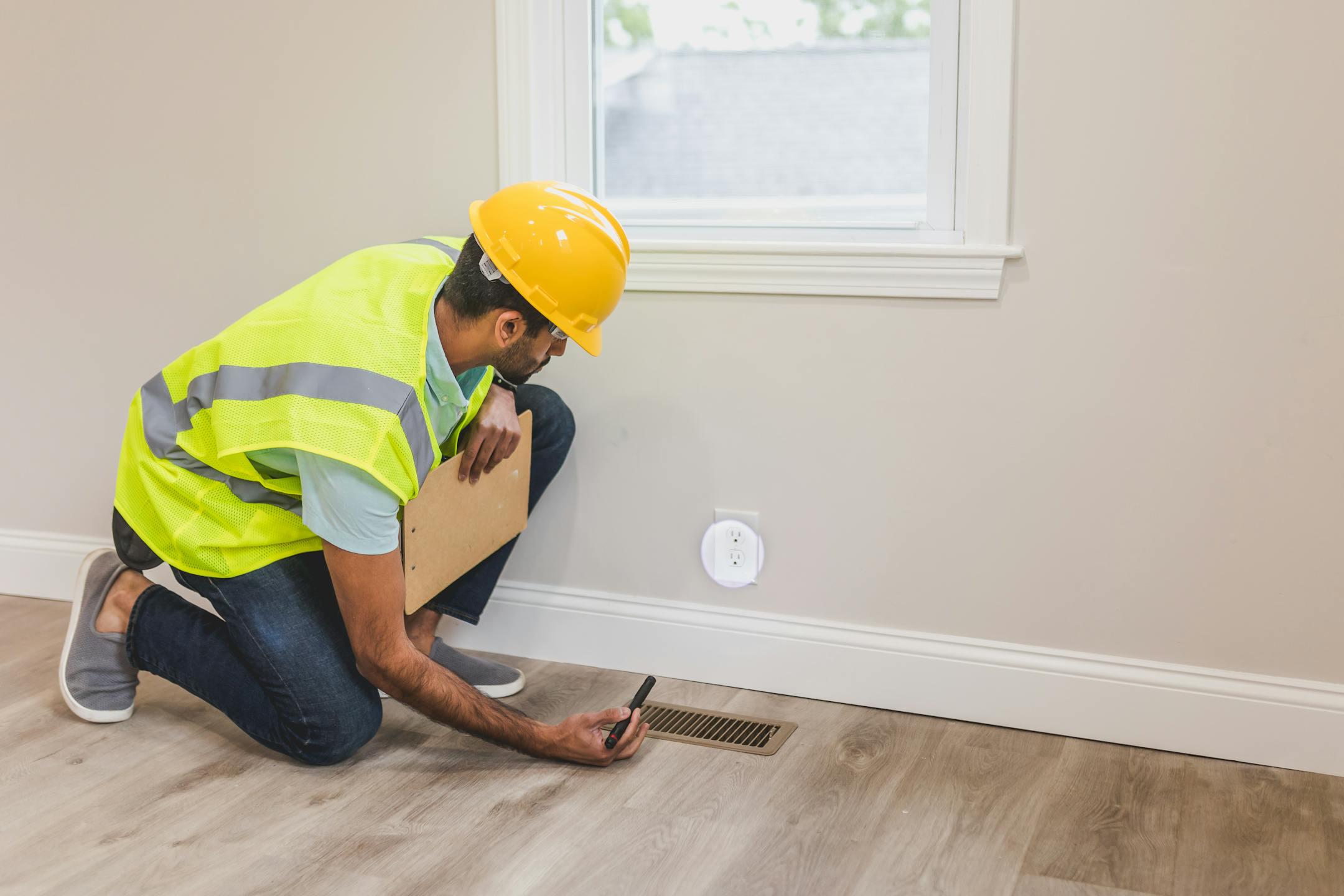
Heating repair in older homes presents a unique set of challenges that homeowners often find daunting. From outdated systems that lack efficiency to the complexities of aging infrastructure, understanding these issues is crucial for homeowners looking to maintain a comfortable environment. Vintage properties often feature distinctive architectural elements and materials that require specialized attention, making traditional repair strategies insufficient. To tackle these concerns effectively, homeowners need to be informed about their options and how to navigate the repair process while considering their budget.
This blog post will explore cost-effective heating repair solutions tailored for older homes. We'll delve into practical strategies that strike a balance between fiscal responsibility and reliable heating outcomes. By highlighting methods to maintain and repair heating systems in vintage homes, we aim to empower homeowners with the knowledge they need to enhance their living spaces without incurring significant costs.
Heating systems in older homes often present unique challenges that homeowners must navigate carefully. Aging infrastructure and outdated technology usually lead to inefficiencies, resulting in higher energy bills and discomfort during extreme weather conditions. For instance, older furnaces and boilers may not meet modern safety standards, making repairs not only complex but also urgent. Insulation issues in vintage houses can further exacerbate heating problems, forcing residents to contend with inconsistent temperatures throughout their homes. As these homes were not designed initially with current heating standards in mind, identifying the root causes of system failures can become a daunting task.
Addressing heating repair in older homes requires a thoughtful approach that marries the charm of vintage architecture with modern efficiency standards. Homeowners often face the dilemma of whether to invest in repairing aging systems or upgrading to newer models. Compounding this issue, parts for old systems may be challenging to find, leading to delays and potentially costly repairs. Further, the cost of maintaining and repairing these older systems can quickly accumulate, making it essential to weigh repair costs against the system's effectiveness.
Maintaining heating systems in older homes often requires a strategic approach to ensure cost-efficiency without sacrificing comfort. One effective solution involves regular maintenance checks. Homeowners should schedule annual inspections to identify and address minor issues before they escalate into costly repairs. Cleaning or replacing air filters, checking ductwork for leaks, and optimizing thermostat settings can significantly enhance efficiency. Additionally, upgrading to modern thermostats with programmable features can help manage energy consumption more strategically, resulting in lowered utility bills.
Another practical solution is to consider retrofitting existing systems rather than undertaking complete replacements. Installing insulation in attics, basements, and crawl spaces can dramatically improve a heating system's performance by preventing heat loss. Furthermore, utilizing zone heating techniques can target specific areas within a home, allowing homeowners to heat only the spaces they use. This method not only improves comfort levels but also reduces overall heating costs.
When homeowners face heating challenges in older residences, they must carefully evaluate their financial commitments alongside the practical solutions available. Investing in high-efficiency heating options, such as upgrading to a modern furnace or adding insulation, often provides substantial long-term savings on energy bills. However, initial costs can deter homeowners from making these upgrades. To find a balance, prioritize essential repairs that enhance system effectiveness without incurring excessive costs. Focus on minor improvements, such as sealing drafts, which can significantly improve warmth and comfort at a lower price.
Additionally, consider routine maintenance as a cost-efficient strategy to enhance heating performance. Regular inspections can identify minor issues that, if left unaddressed, may escalate into costly repairs. Schedule professional maintenance annually to ensure the heating system operates at peak efficiency. Exploring government incentives or rebates for energy-efficient upgrades plays a crucial role in bridging budgetary gaps while enhancing heating reliability and efficiency.
Ready to upgrade your heating and cooling systems? Contact our team of experts today to discover more about our offerings and schedule a service.